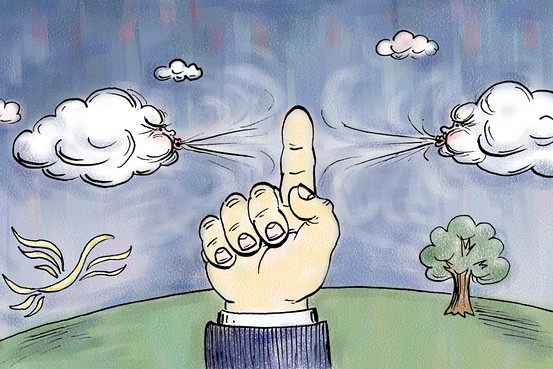Re: Wind read- More important at gun or target?
Yes bring that range in, 600m or closer and Max Ordinate is a non-issue even with most poorly designed bullets.
The bullet is simply not going high enough or sticking around long enough to be influenced by the "slow down" which, at these medium ranges is even shorter, so it's impossible to say it is going to have a greater effect, then it is more an accumulation of the entire flight with no one section being weighted, except for the fact you can actually "read the wind at the shooter to within 1 MPH" no where else in the bullet's flight can you do this...
Can I ask why were are even entertaining this anymore all we are doing is repeating ourselves for the fools who can't understand the most basic of wind principles as they apply to shooting.
Are we on the set of BIG with Tom Hanks repeating, "I don't get it" over and over... time to end this farce.
I shot yesterday on the High Power range, a front was coming through and it was really blowing... 15-18 MPH especially as the day progressed and the front moved closer.
<object width="400" height="224" ><param name="allowfullscreen" value="true" /><param name="movie" value="http://www.facebook.com/v/406815242675338" /><embed src="http://www.facebook.com/v/406815242675338" type="application/x-shockwave-flash" allowfullscreen="true" width="400" height="224"></embed></object>
We are much better served going out an shooting then answering the same thing over and over again to people who simply don't get it.
Yes bring that range in, 600m or closer and Max Ordinate is a non-issue even with most poorly designed bullets.
The bullet is simply not going high enough or sticking around long enough to be influenced by the "slow down" which, at these medium ranges is even shorter, so it's impossible to say it is going to have a greater effect, then it is more an accumulation of the entire flight with no one section being weighted, except for the fact you can actually "read the wind at the shooter to within 1 MPH" no where else in the bullet's flight can you do this...
Can I ask why were are even entertaining this anymore all we are doing is repeating ourselves for the fools who can't understand the most basic of wind principles as they apply to shooting.
Are we on the set of BIG with Tom Hanks repeating, "I don't get it" over and over... time to end this farce.
I shot yesterday on the High Power range, a front was coming through and it was really blowing... 15-18 MPH especially as the day progressed and the front moved closer.
<object width="400" height="224" ><param name="allowfullscreen" value="true" /><param name="movie" value="http://www.facebook.com/v/406815242675338" /><embed src="http://www.facebook.com/v/406815242675338" type="application/x-shockwave-flash" allowfullscreen="true" width="400" height="224"></embed></object>
We are much better served going out an shooting then answering the same thing over and over again to people who simply don't get it.




